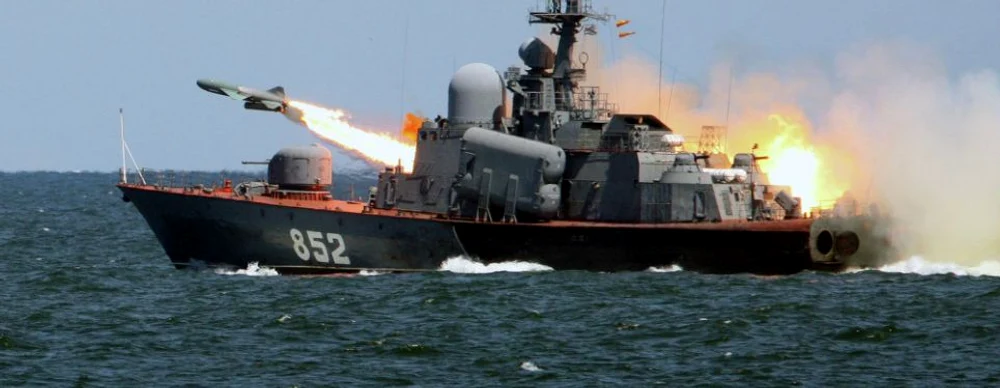Russian hypersonic missiles “Kinjal” and “Zircon” could outpace the United States and NATO’s early warning systems in the Arctic region, experts warned, as quoted by Defense News.
Specialists from the Center for Arctic Security and Resilience at the University of Alaska claim that radars placed on Greenland’s territory – an essential part of the North American anti-missile defense system (NORAD) – cannot effectively detect modern hypersonic weapons.
Gaps in Greenland’s air defense
During the Cold War, radars in Greenland were key elements in the warning system for intercontinental ballistic missile launches. However, the emergence of hypersonic weapons, capable of flying at speeds over Mach 5 and changing trajectory in flight, has rendered the current infrastructure obsolete.
“The United States currently does not have a permanent integrated air and missile defense layer in Greenland. The threat of hypersonic missiles has completely changed the equation, and existing systems cannot provide effective protection,” said Troy Buffard, the research center’s director.
The extreme climate in the region – with low temperatures, ice, and strong winds – hampers the operation of radar systems and optical sensors. Moreover, the 831st Air Defense Squadron of the US Air Force, responsible for the area’s security, does not have anti-aircraft systems or specialized aircraft.
Proposed solutions
Among the measures being considered are the use of polarimetric radar, adaptive optics, and the development of a multilayer defense around Thule (Pituffik) Air Base, located about 1,100 km north of the Arctic Circle.
Interception systems such as Patriot, NASAMS, as well as close defense mobile platforms like Vampire or experimental laser systems could be used.
Analysts from Defense Express warn that the current deficiencies endanger one of the most sensitive components of the global early warning system for a potential nuclear attack – a major vulnerability for NATO.
Details, HERE

